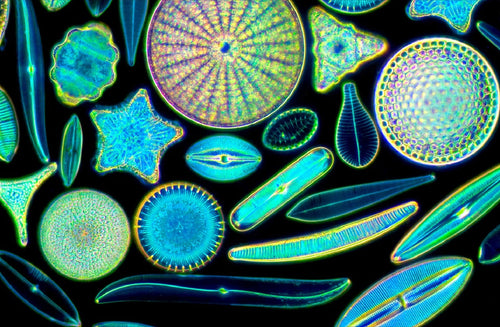
Diatoms - Nature’s Jewels viewed with a Microscope
Motic America
Diatoms are unicellular algae (Division Chrysophyta, Class Bacillariophyceae). Diatoms are microscopic in size, live in water, soil and moist en...
Read Article
Diatoms are unicellular algae (Division Chrysophyta, Class Bacillariophyceae). Diatoms are microscopic in size, live in water, soil and moist en...
Read ArticleGet inspired by Motic!

Failures in metals can come in many forms: fractures, cracks, inclusions, corrosion, microstructural processing issues and wear just to name a few. Getting to the...

Light microscopes can magnify specimens about 1000X and resolve objects down to 0.2 microns (200 nm, nm = 0.000001 mm). Light microscopes capable...

Free-hand sectioning of living plant tissues with a single edge razor blade often provides an adequate method for rapid and inexpensive microsco...

Diatoms are unicellular algae (Division Chrysophyta, Class Bacillariophyceae). Diatoms are microscopic in size, live in water, soil and moist en...

A coverslip also called a coverglass is usually made of thin pieces of borosilicate glass that are used to cover specimens viewed on a microscope...

Have you ever seen, while looking at a small body of water, tiny jumping organisms? Chances are you were looking at cladocerans, microscopic crustaceans commonly...

Interested in all this new imaging technology, but also confused when to make the jump from a manual to a motorized microscope? Maybe you don’t...